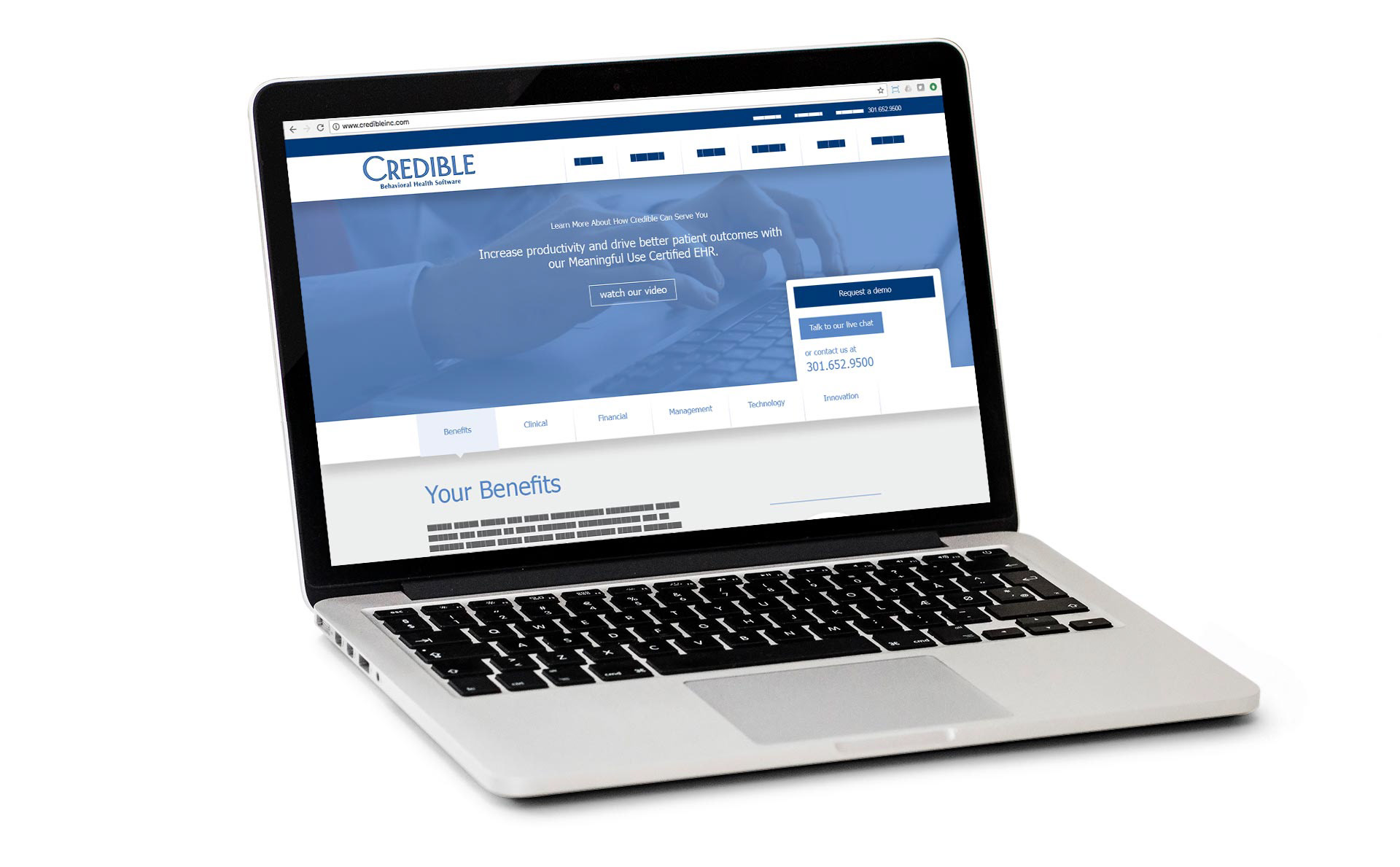Trust is the foundation of every click in the health space. When someone searches online for symptoms, treatments, or preventive care, what they really seek is certainty. Health websites carry the burden of offering accuracy in a digital world flooded with half-verified content and sensational claims.
Understanding how credible platforms protect that trust helps readers make informed health decisions and helps publishers maintain integrity in an information-driven age.
Why Verification Comes First
Reliable medical information begins long before an article reaches the screen. Behind every health website that people trust is a careful review process led by certified professionals. These platforms collaborate with doctors, researchers, and medical editors who verify that each statement aligns with current clinical evidence.
Key practices include:
- Peer review or fact-checking by licensed physicians.
- Regular updates to reflect new studies or guidelines.
- Clear references to credible sources like WHO, CDC, or peer-reviewed journals.
By layering editorial and scientific checks, websites minimize misinformation and build authority that readers instinctively recognize.
Digital Tools That Reinforce Content Authenticity

Today, technology plays a vital role in maintaining accuracy. Health websites rely on specialized AI tools and plagiarism detectors to ensure originality, consistency, and compliance with ethical standards. For instance, chatgpt zero is used by many editorial teams to confirm that medical articles are written authentically, with real human oversight rather than automated or unverified sources.
These systems help publishers verify that:
- Medical statements are not AI-fabricated.
- Editorial tone remains human and clinically accurate.
- Each article passes quality thresholds before publication.
This combination of human review and AI validation ensures that digital medical advice remains grounded in reality, not convenience.
How Credible Health Websites Structure Their Information
Accuracy doesn’t just depend on the facts, it also relies on how those facts are presented. Good health websites make complex topics understandable without simplifying them to the point of error. They focus on usability and accessibility.
|
Element |
Purpose |
Example Practice |
| Clear author credentials | Build trust through transparency | Listing doctor’s name, specialty, and review date |
| Evidence-based structure | Support claims with sources | Linking to PubMed or clinical guidelines |
| Reader-friendly formatting | Improve comprehension | Using bullet points and subheadings |
| Regular content audits | Maintain accuracy over time | Quarterly content reviews |
Readers can usually sense when a website takes its responsibility seriously. Such structure transforms scientific accuracy into accessible, empathetic communication.
Editorial Policies ─ The Backbone of Medical Integrity

Beneath every credible website lies a detailed editorial policy that governs tone, scope, and verification. These guidelines set the ethical boundaries for writers and editors, ensuring that no promotional interests distort the content.
Core editorial standards often include:
- Prohibition of unverified claims or miracle cures.
- Separation between sponsored and medical content.
- Mandatory medical review before publication.
Many respected platforms even make their editorial policies public, allowing users to see how decisions are made behind the scenes. Transparency, in this case, strengthens reliability more than any tagline could.
Did You Know?
Some of the largest health portals update more than 60% of their content annually to keep up with evolving medical research. In fast-moving fields like mental health or nutrition, data can change within months. That’s why ongoing revision cycles are as important as the original accuracy check.
The Role of Source Transparency
One of the clearest signs of reliability is visible sourcing. When a health article cites studies, medical organizations, or governmental health bodies, it allows readers to verify the claims themselves.
Reliable sources often include:
- Peer-reviewed journals (e.g., The Lancet, JAMA).
- Reputable health authorities like WHO or NIH.
- Clinical trial registries or evidence-based databases.
When a website links its data directly to these sources, it creates a chain of accountability between writer, reviewer, and reader. This transparency turns static text into a living dialogue grounded in truth.
The Human Element ─ Expertise and Empathy

Even with the best tools, credibility ultimately rests in human hands. Health professionals writing for online audiences face the unique challenge of balancing medical precision with compassion. They must simplify without distorting, reassure without promising, and inform without overwhelming.
Quotes, patient perspectives, and everyday language help create this balance. A well-written article doesn’t just state information, it guides the reader through it. The tone matters as much as the source.
“When people look up their symptoms, they aren’t just seeking facts. They’re looking for reassurance that they’re not alone, and that the advice they read won’t make things worse.”
That human understanding is what separates credible health communication from sterile medical data.
Ongoing Review ─ Why Reliability Is Never a One-Time Effort
Accuracy in health information isn’t static. Medical research evolves, treatments change, and what’s considered safe today might not be tomorrow. That’s why reputable websites schedule continuous audits, revisiting articles every few months.
- Update cycles: Review schedules aligned with new scientific findings.
- Reader feedback: Mechanisms that allow users to flag potential inaccuracies.
- Professional partnerships: Collaborations with research institutions for content validation.
This process ensures that even archived articles remain medically sound and reflect current evidence.
How Readers Can Identify Reliable Health Websites

Readers play a vital role in the chain of reliability. By knowing what to look for, anyone can differentiate credible medical websites from those that prioritize clicks over care.
Check for these signals:
- Author credentials and publication date.
- Citations from recognized institutions.
- Clear distinction between ads and information.
- A visible editorial policy or medical review statement.
When these elements are consistently present, you can trust that the information was handled with the same rigor a clinic would apply to patient care.
Final Thoughts
Health websites ensure reliable information through a careful blend of medical expertise, technological safeguards, and ongoing transparency. They merge the precision of science with the accessibility of digital communication. For readers, recognizing these signs isn’t just about consuming trustworthy content, it’s about protecting their health from misinformation.
In a world where anyone can publish anything, credible health websites remain the digital front line of medical truth.
Trending Now

I’m Anita Kantar, a seasoned content editor at Beautified Designs, where I meticulously align every piece with our goals. Joining this team marked a significant milestone in my career journey. Beyond work, you’ll find me immersing myself in literature, cherishing moments with loved ones, and indulging in lifestyle, travel, and culinary adventures. Oh, and I have an undying love for fashion and makeup, too!





